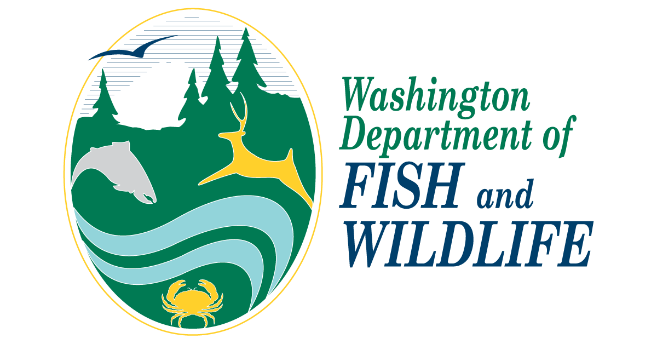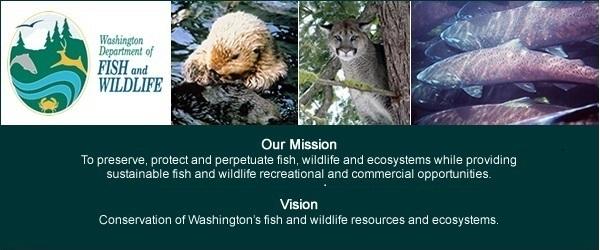Introduction
The Washington Department of Fish and Wildlife (WDFW) is a government department located in America, Washington state. It performs essential and meaningful work for the whole country, society, and individuals, preserving natural balance and harmony. This paper aims to describe WDFW in terms of its historical context, primary mission, as well as critical aspects of its work as the protection and preservation of living creatures.

History and Mission
WDFW has a rich history of more than a hundred years, filled with vivid events. In the 19th century, the salmon hatchery was built, and new hunting codes were adopted years later. The Department of Wildlife and the Department of Fisheries appeared in the 20th century. Furthermore, the preservation, protection, and perpetuation of fish, wildlife, and the ecosystem as a whole are vital aspects on which the WDFW mission is based (Shirk et al., 2021). WDFW actively monitors and controls the overall state of the state’s fish and wildlife resources.

Protecting
For many years of work, WDFW continues to protect various species of living creatures, whether it is small fishes or large mammals. It is known that the WDFW regulates about 75 percent of the annual hunting limit, protecting the local fauna (Elbroch, 2020). In particular, it emphasizes the introduction of an integrated approach to the protection of species in the State that are in particular need of care and support.
Preserving Fish, Wildlife and Ecosystem
It should be noted that WDFW clearly and consistently performs tasks in the conservation of animals living on the territory of the State, creating various programs and activities. Life in Washington, in other words, “translates” as life among the wild. WDFW takes these aspects into account, taking care of a chick outside the nest and solving issues with a deer that damages a citizen’s home.
Conclusion
Summarizing the abovementioned information, it should be underlined that WDFW has continued to protect, defend and preserve nature in the state for over a century. Hence, this is one of the department’s most essential and priority missions. In addition, due to the efforts of WDFW, many lives of wild animals and fish were saved, including those that could have died from human actions.
References
Elbroch, M. (2020). The cougar conundrum: Sharing the world with a successful predator. Washington: Island Press.
Shirk, A., Morgan, H., Krosby, M., Raymond, C., Mauger, G., & Lynn, H. (2021). Preparing Washington Department of fish and Wildlife for a changing climate: Assessing risks and opportunities for action. University of Washington Climate Impacts Group.